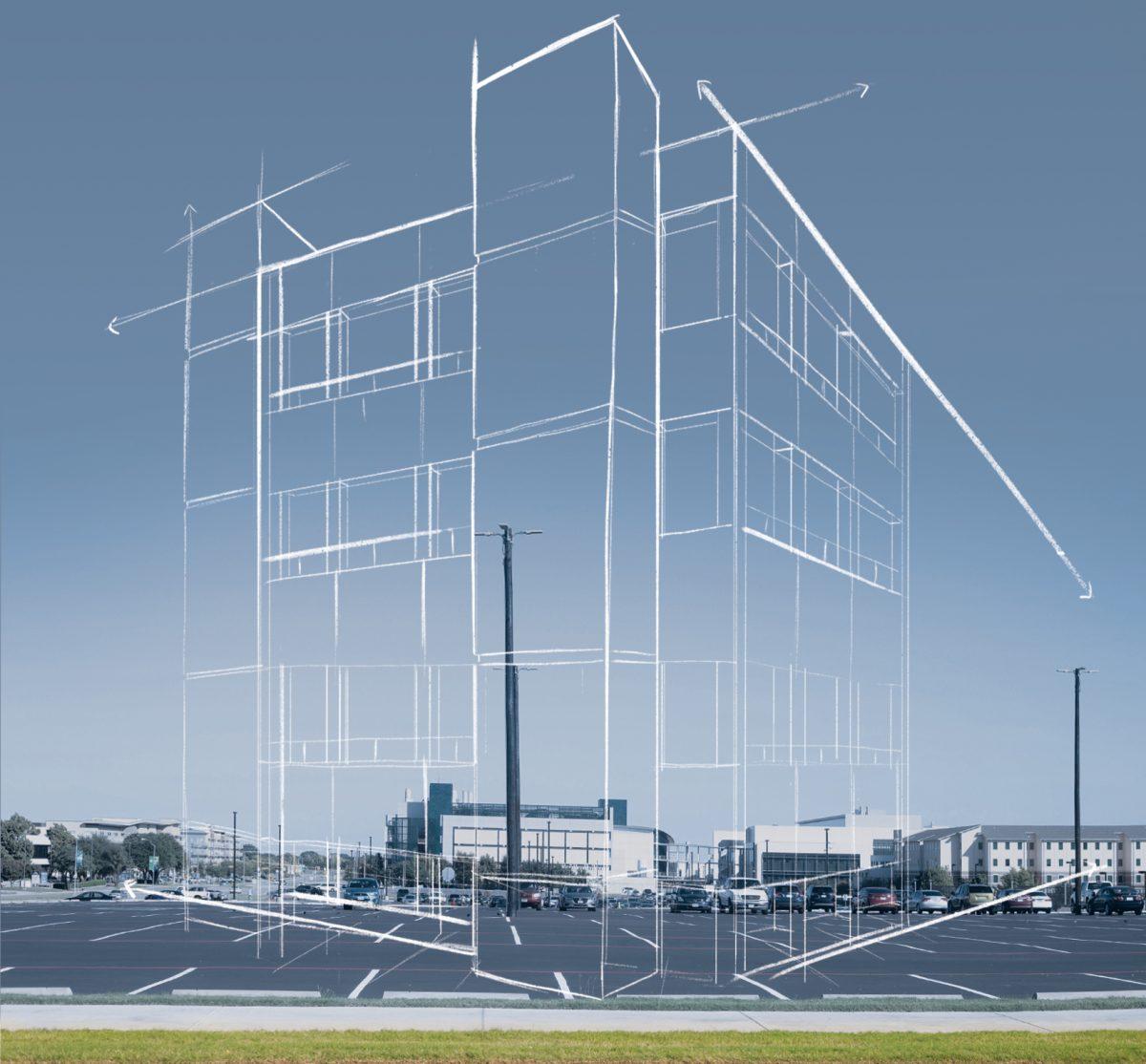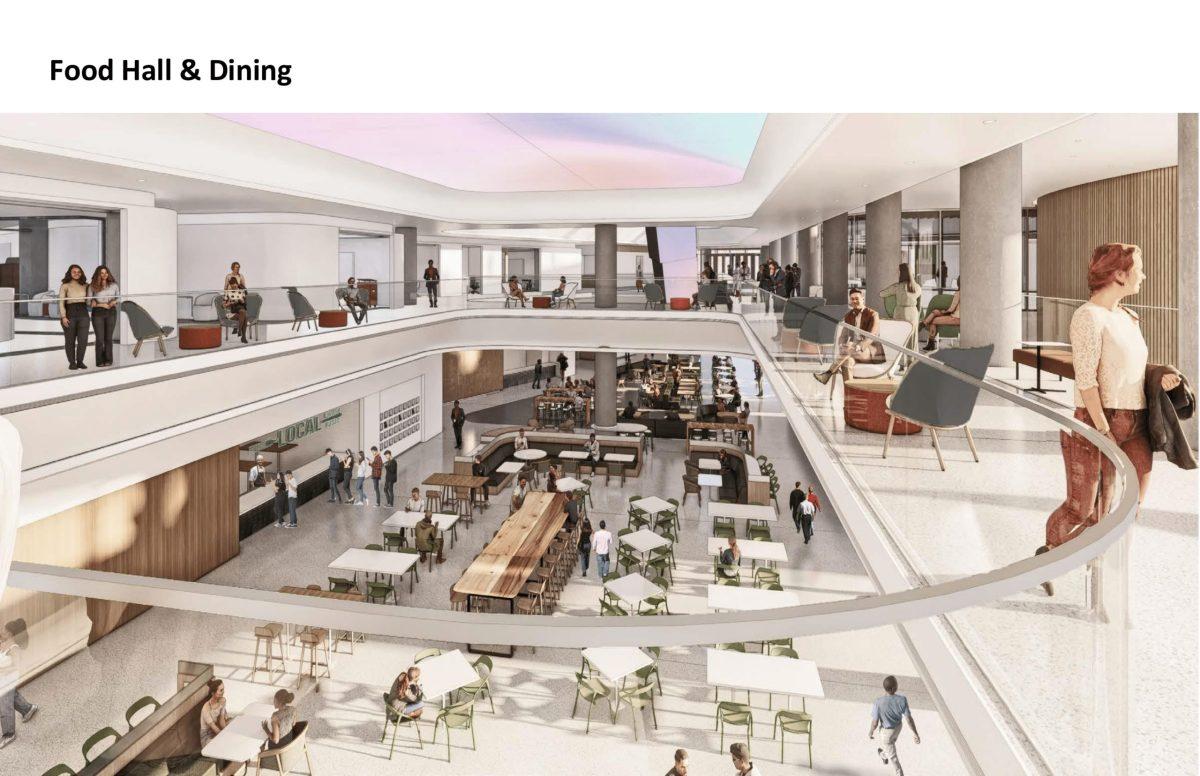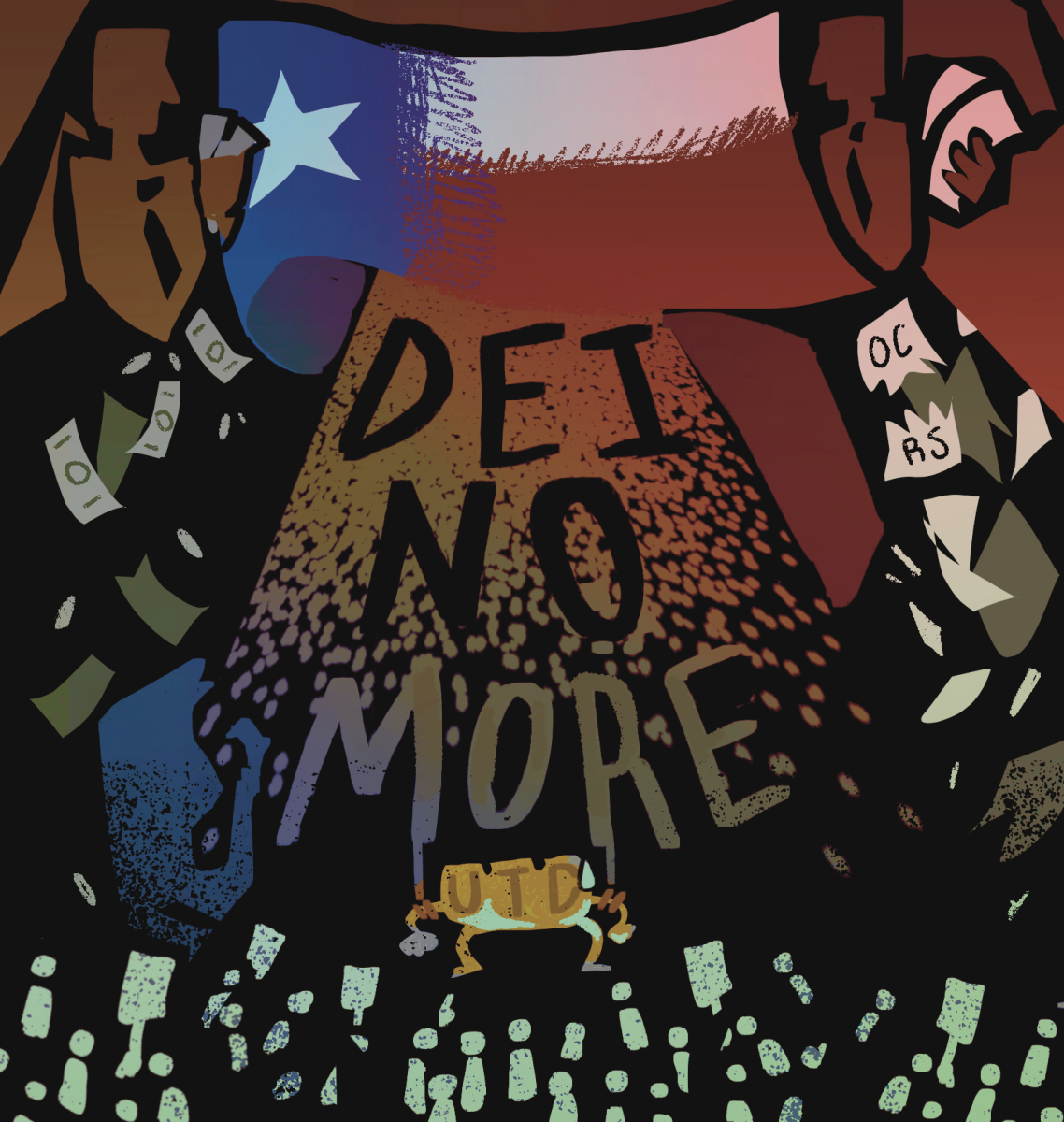Editor’s Note: A previous version of this story incorrectly reported Melissa Wyder’s staff title and tenure on the Parking Committee. Wyder is the administrative assistant for the Science and Mathematics Education Department. She is a voting member of the Parking Committee, but is not its longest-serving member. The Mercury regrets these errors.
There are three parking structures on campus — Parking Structure 1, Structure 3 and Structure 4. Structure 2, scheduled for construction in 2014, would have provided the first and only covered parking for students living on campus. It was never built.
The original plan, according to data obtained from the Office of Budget and Finance, was to build a 500-space residential parking structure, called Parking Structure 2, in the vicinity of Residence Hall West.
Terry Pankratz, vice president of budget and finance, said before the structure could be built, the Parking and Transportation Office couldn’t justify the cost of construction. He also said the project was abandoned for a multitude of reasons, including a shift in priorities and a lack of student demand.
Rick Dempsey, associate vice president of facilities management, confirmed that the residential permit price would have increased to compensate for PS2’s $7.8 million price tag, but did not provide an exact number.
“For the parking garages we’ve built, (covered spaces) are open to gold, orange and purple permits,” Dempsey said. “There are people who are willing to pay more for covered parking, and so we can justify the cost.”
Officials from the Parking and Transportation Office declined to comment on how resident demand for covered spaces was assessed ahead of PS2. However, Parking and Transportation officials later confirmed that the reallocation of parking spaces in the lots is determined by permit sales from the previous year.
At other universities, such as University of North Texas in Denton, drivers pay approximately $400 more for a covered space. At UTD, drivers pay the same amount regardless of whether they park in one of the structures or on a surface lot, so there’s no guarantee of access to covered parking for on-campus students in cases of inclement weather.
Dempsey said PS2 would have had a similar permit scheme to the existing structures. Residential drivers would pay for the same permit regardless of whether they were able to park in a covered or uncovered spot.
Currently, if residential students wish to obtain covered parking for their cars, they must purchase both a residential permit and either a gold or an orange permit, or rely on a limited number of pay-by-hour spaces. For many students, the options are cost-prohibitive.
Landry Lashombe is a freshman studying actuarial science. He brought his car to UTD when he moved into Residence Hall North from his family home in Fort Worth.
“I considered buying two permits, but with the additional cost of the gold, I decided it wouldn’t be worth it,” Lashombe said. “I’d rather chance it at that point.”
Lashombe said during the last hail warning, he was able to pay to use the hourly parking in the garages. He said he would be willing to pay an additional amount to be able to park under a roof — but not necessarily the $250 required to buy a gold permit.
Since 1978, a committee on parking has met once per semester. Currently, the committee comprises 12 members — two representatives from the faculty, two staff members and two students. Six non-voting members from Facilities Management, UTD PD and the Parking and Transportation Office also hold seats.
At the most recent parking committee meeting on Oct. 10, only one student, Student Government Vice President Carla Ramazan, was present.
“Going to that meeting reassured me that Parking and Transportation is listening to student concerns,” Ramazan said. “It is difficult to see their response immediately, but I am confident that Parking and Transportation is hearing those concerns.”
Ramazan said SG receives about two complaints a month regarding parking. She said SG conveys complaints to the Parking and Transportation Office during the semesterly meetings of the committee and, occasionally, during one-on-one meetings.
Melissa Wyder is a voting member of the Parking Committee. She is an administrative assistant for the Science and Mathematics Education Department and serves as the vice president of the Staff Council.
According to minutes from the Oct. 10 meeting, the Parking and Transportation Office proposed a ban on car covers, citing concerns of students abusing policy and parking without a permit.
“As a committee, we said no,” said Wyder. “I’m particularly concerned because if you live on campus, (you) have no covered parking.”
Biology sophomore Jala Tousant has lived — and parked — on campus for two years. Tousant said she would appreciate a parking structure dedicated to residential students.
“I just got this car in July,” Tousant said. “I remember the first week it started raining. There was a hail warning and I had nowhere safe to park my car.”
Tousant said she ultimately decided to take a chance parking outside. There wasn’t any hail that week, but Tousant said she wasn’t sure what she would do if her car did incur significant damage.
“I guess I’d just have to use my insurance,” she said.
Members of the Parking Committee deliberated the proposed ban on car covers, prompting a discussion of the unbuilt PS2. Wyder said in the absence of car covers or a dedicated parking structure, the Parking and Transportation Office has taken measures to protect residential students’ cars.
“Parking and Transportation reassured us that if there was a storm, they would allow the residents to park in the structures if they moved their cars as soon as the storm had passed,” Wyder said. “But I’m not sure how realistic that is when you’re in class, or out of town on the weekend.”
Tousant said she enjoys living on campus, but she’s considering moving to Northside next year, where covered parking for residents is more readily available.
The May 2018 update of the UTD Master Plan emphasizes the development of more on-campus and nearby housing options for students. Wyder said she thinks it’s part of a movement to shake UTD’s reputation as a commuter campus.
According to U.S. News and World Report, residential universities tend to dissuade students from bringing a car to campus.
“I think a lot of what drives our decisions is trying to maintain our place on the rankings,” Wyder said. “One of the criteria for U.S. News and World Report is alumni donations. If you’re a residential school, your alumni are going to feel more attached — that was their home for four years. If you’re a commuter, you’re not going to feel that way, and you’re less likely to donate.”
But ATEC senior Alex Garza said on campus housing isn’t always easy to come by.
“There’s so much competition to get into the apartments,” Garza said. “I know that (Residential Life) always receives way more applications than they have rooms.”
Dempsey said it is likely the university will prioritize building more housing before adding covered parking for current residents. Discussions are underway for a fourth parking structure to be named Parking Structure 5, which will likely be constructed in lot M, T, U or A. PS5 will not offer residential parking.
Wyder said parking is a popular subject at Staff Council meetings, but said she worries that UTD’s approach toward parking may be short-sighted.
“It’s not about whether you have students today willing to pay for (a residential garage), but if you have students 20 years down the road who’ll pay for it,” Wyder said. “What are your options if you want to grow (UTD) as big as they want it to grow?”

















